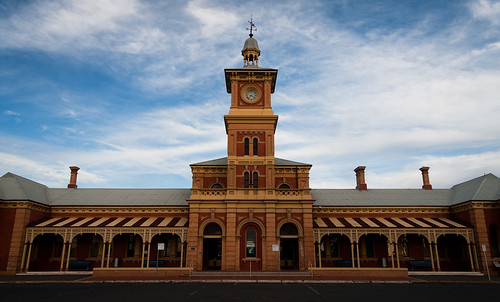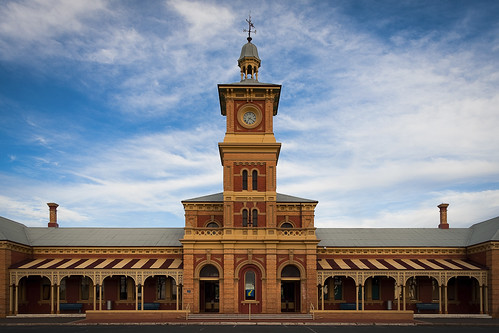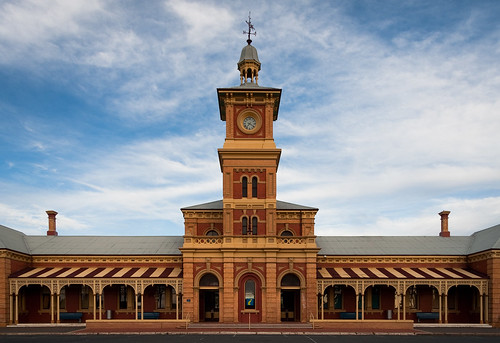The next phase
Friday, June 20th, 2014 at 11:09am
This day six months ago was my last day working for Monash Uni. Though not much work was done, it was a matter of making sure I had all my personal things, the handover of my (and others from my team that also took the package) laptop and ID card before heading over to our usual last day BBQ. Except that this time it was also a farewell for those of us leaving, combined with commiseration for those who were not.
The next month was surprisingly busy with Christmas, new years, two weeks in Perth, and even a call in for jury duty. But that was part of my plan, to have some long overdue time off from work.
In February and March I got through a number of house related tasks (some like gutters and cleaning study were from my original list, others like drip irrigation were not) but an unexpectedly large amount of time went into research for two trips, the easter long weekend up to the Victorian high country and my four stage trip to the US which includes TAM and OSCON. (In fact I am still researching what to do for my six days in San Francisco, apart from accommodation and the Alcatraz tour nothing is booked, it it just a big list of places to go…)
In between these other tasks and travel research I was slowly going through old records to build up a list of things I had achieved while at Monash, eventually this was refined down into a resume. At various times I was toying with the idea of changing career direction, moving away from writing code to something else (eg interface design), but the act of listing my achievements and continuing to write code for little things at home reminded me that I really enjoyed building things by writing code.
By late April I had an updated resume, but that it only part of the job search process. Through a couple of my former colleagues I ended up in contact with a recruiter (but he didn’t know about any jobs at the time) and I started looking through online job sites. While I did send off a couple of applications, my expectations were low as they were for technologies that I didn’t have much experience with. I was also not very active with the job search as not being available for four weeks in July could be an obstacle.
Then I got a call from the recruiter, would I be interested in a job that had come up? I said yes and they must have liked my resume (no opportunity to write a cover letter) and I went in for an interview. While I had been on the panel side of interviews many times at Monash, it was my first interview in eight years and my first proper interview with people I did not know. Luckily it wasn’t as formal as what Monash imposes – more of an extended discussion – and I must have done well as I was offered the job. I am going in this afternoon to sign the paperwork and I will start right after I return from my trip.
I only have a little over two weeks until I leave for my trip, but I think they will be the busiest in months as while there a couple of trip things to do, some of the house related things (such as getting quotes) will be easier to do now while I am available during the week.



